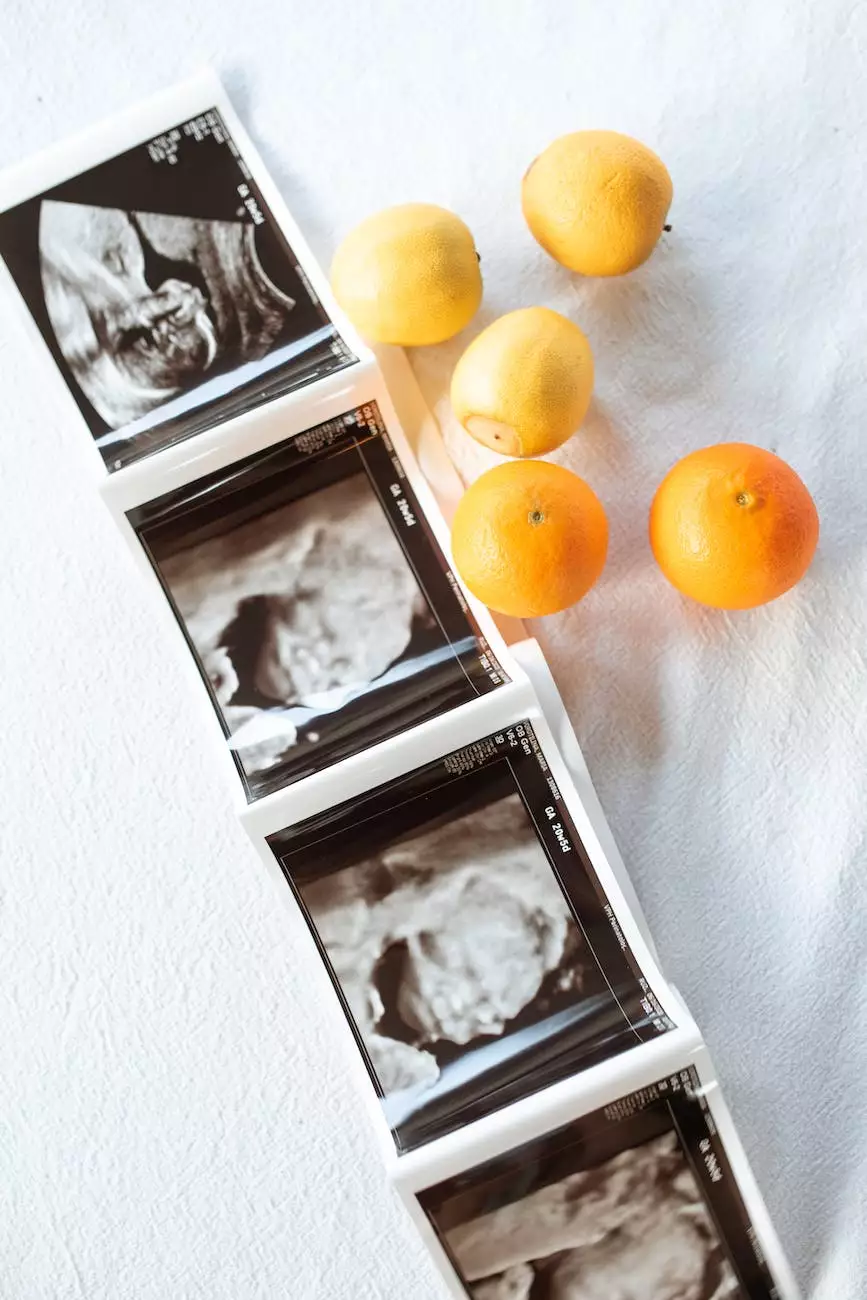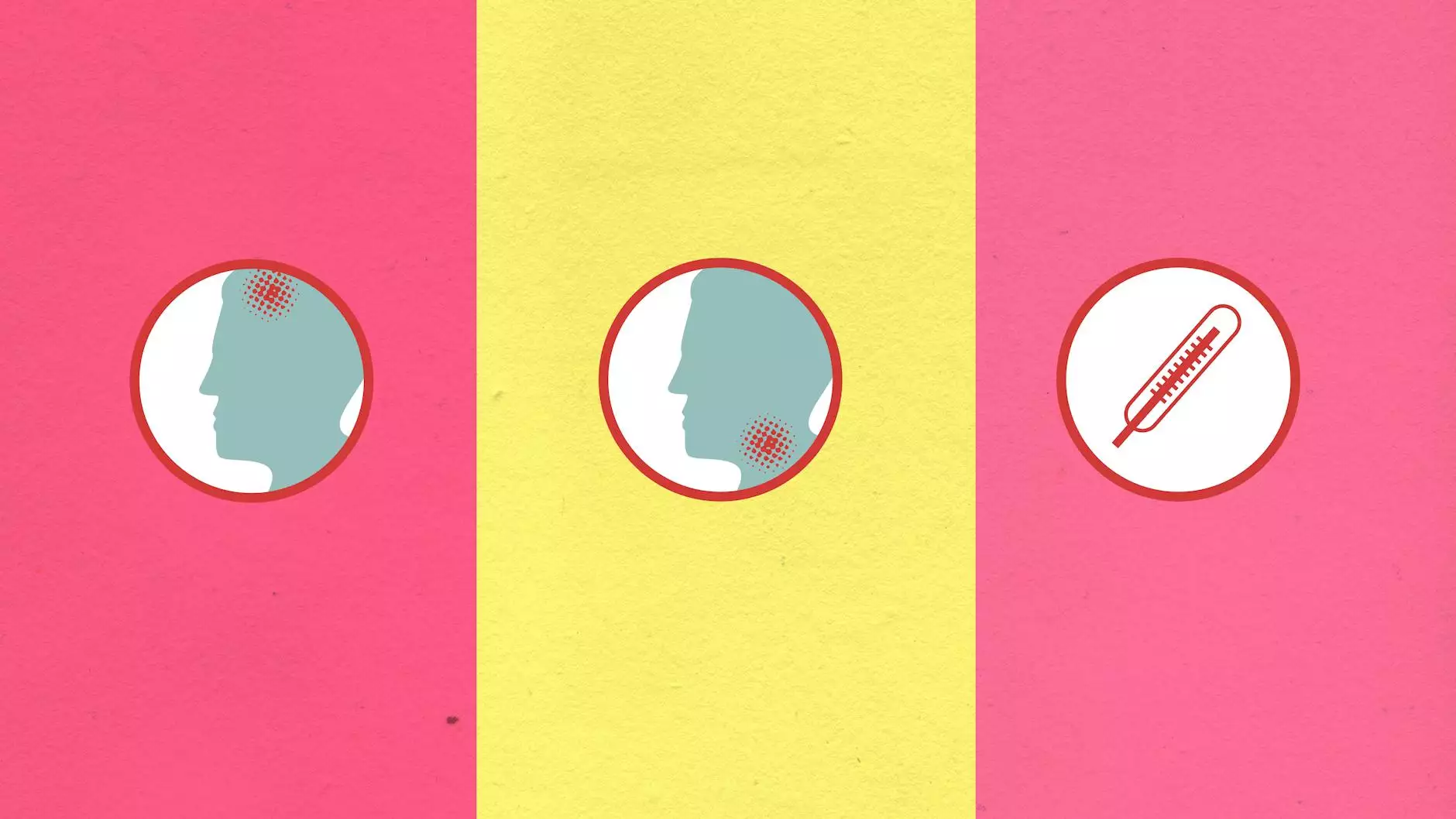Feeding Your Baby With Cleft Lip and Palate

Introduction
Welcome to the comprehensive guide on feeding your baby with cleft lip and palate. At Foley James D MD, we understand the challenges parents face when it comes to ensuring proper nutrition for their little ones. This page aims to provide you with valuable information, effective feeding techniques, and helpful tips to support your baby's healthy development.
Understanding Cleft Lip and Palate
A cleft lip and palate is a common birth defect that occurs when the tissues of a baby's lip and/or roof of the mouth do not fuse properly during pregnancy. It can affect the way a baby sucks, swallows, and manages oral functions, making feeding a more complex process. However, with the right techniques and support, you can ensure your baby receives the necessary nutrition for growth and development.
Feeding Techniques
1. Positioning
Proper positioning is crucial for successful feeding. Place your baby in an upright position with their head slightly elevated to prevent choking and help food flow more easily. You may find it helpful to use specialized feeding pillows or adjustable chairs designed for babies with cleft lip and palate.
2. Bottle Feeding
If you choose to bottle-feed your baby, it's important to select an appropriate nipple that allows for controlled flow. Look for nipples specifically designed for babies with cleft lip and palate, as they provide better control of the milk or formula flow. Hold the bottle in a way that allows you to regulate the flow rate, ensuring your baby can swallow comfortably.
3. Breastfeeding
While breastfeeding can be more challenging with cleft lip and palate, it is still possible. Consult with a lactation specialist to learn about specific techniques that can facilitate successful breastfeeding. They may suggest using breast shields or alternative positions to ensure your baby latches properly and receives adequate nutrition.
Nutrition Requirements
Babies with cleft lip and palate require special attention to their nutritional needs. It's essential to provide a well-balanced diet to support their growth and development. Here are some key considerations:
1. Calories and Nutrients
Ensure your baby receives the appropriate number of calories based on their age and weight. Consult with your healthcare provider or a registered dietitian to determine the specific caloric requirements for your baby. Additionally, focus on providing essential nutrients such as protein, iron, calcium, and vitamins to support healthy development.
2. Texture Modifications
Depending on the severity of the cleft lip and palate, your baby may have difficulty swallowing certain textures. Gradually introduce thicker textures as your baby grows and develops chewing skills. Pureeing or mashing foods may be necessary initially to make them easier to swallow.
Helpful Tips
Here are some additional tips to ensure smooth feeding experiences for both you and your baby:
1. Patience and Persistence
Feeding a baby with cleft lip and palate can be a time-consuming process. Be patient, and don't hesitate to try different techniques until you find what works best for your baby. It may take some time for both of you to adjust to a suitable feeding routine.
2. Regular Follow-ups
Stay in close contact with your pediatrician and healthcare team. Regular check-ups will help monitor your baby's growth and address any concerns or challenges you may encounter during the feeding process.
3. Support Groups
Joining support groups or seeking assistance from other parents who have gone through similar experiences can be immensely beneficial. Connecting with others who understand the challenges can provide emotional support and valuable tips.
Conclusion
Feeding your baby with cleft lip and palate requires patience, understanding, and the right techniques. By implementing proper feeding positions, selecting appropriate feeding tools, and ensuring adequate nutrition, you can help your baby thrive and enjoy a healthy life.
At Foley James D MD, we are dedicated to providing the best support and care for families dealing with cleft lip and palate. If you have any further questions or concerns about feeding your baby, please don't hesitate to reach out to our experienced healthcare professionals.










